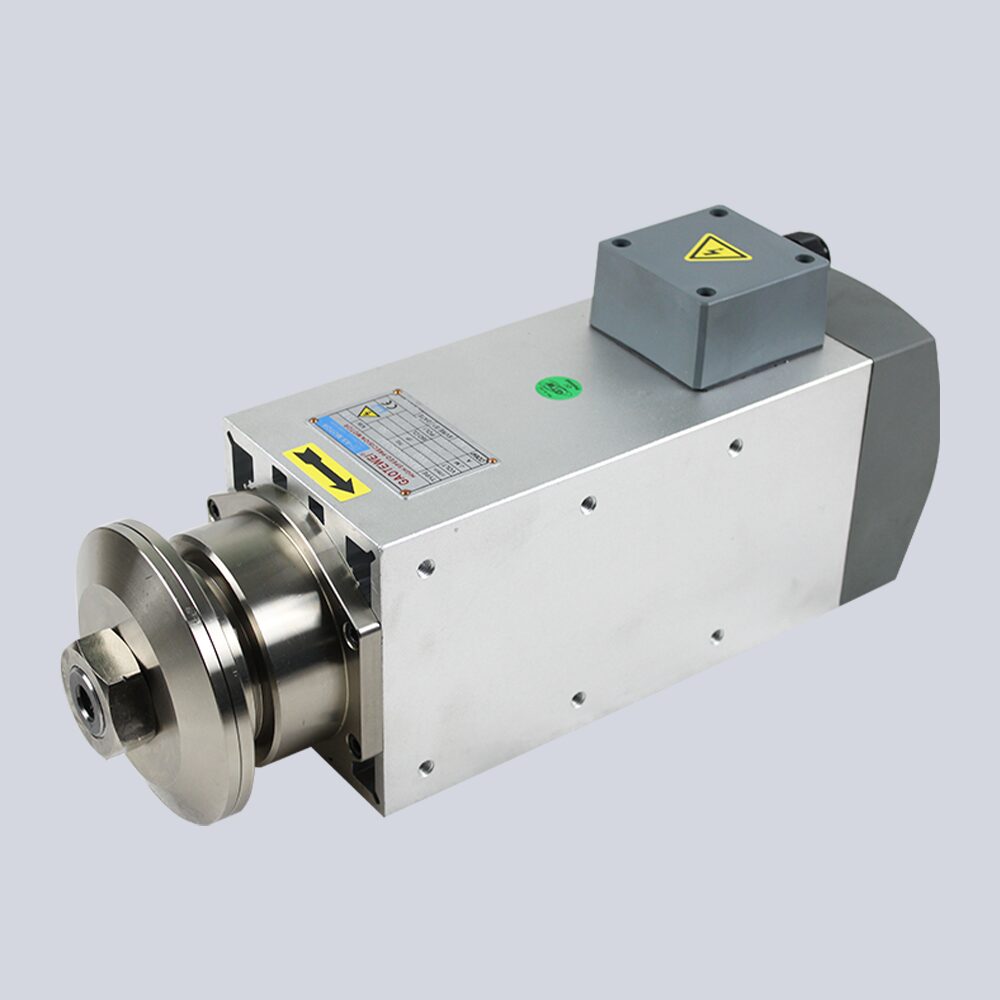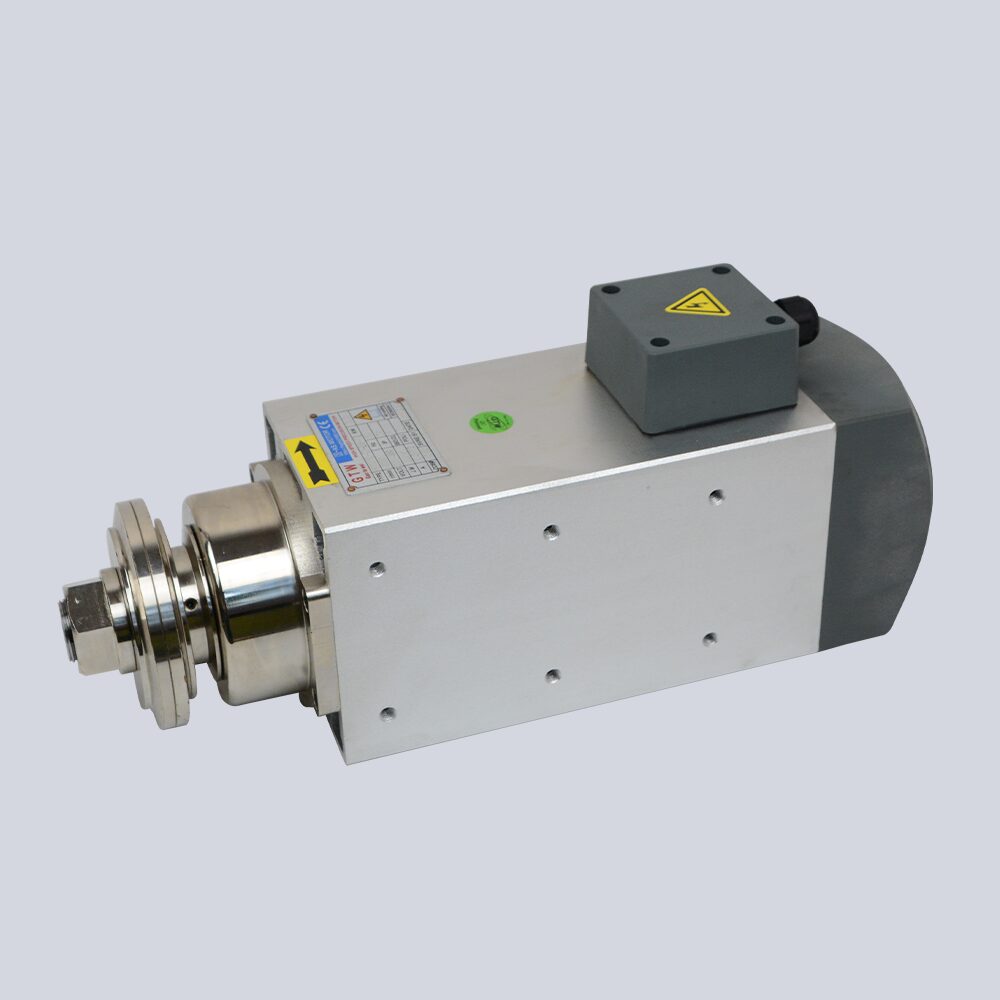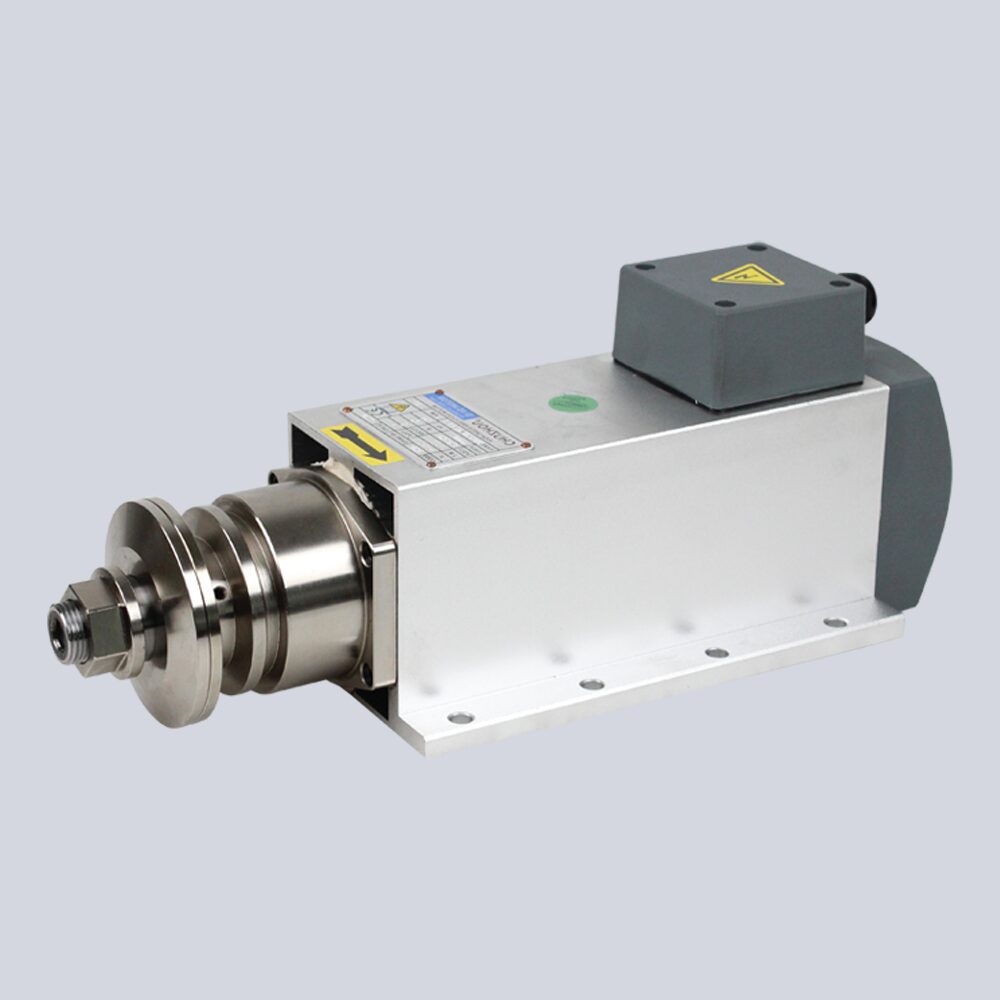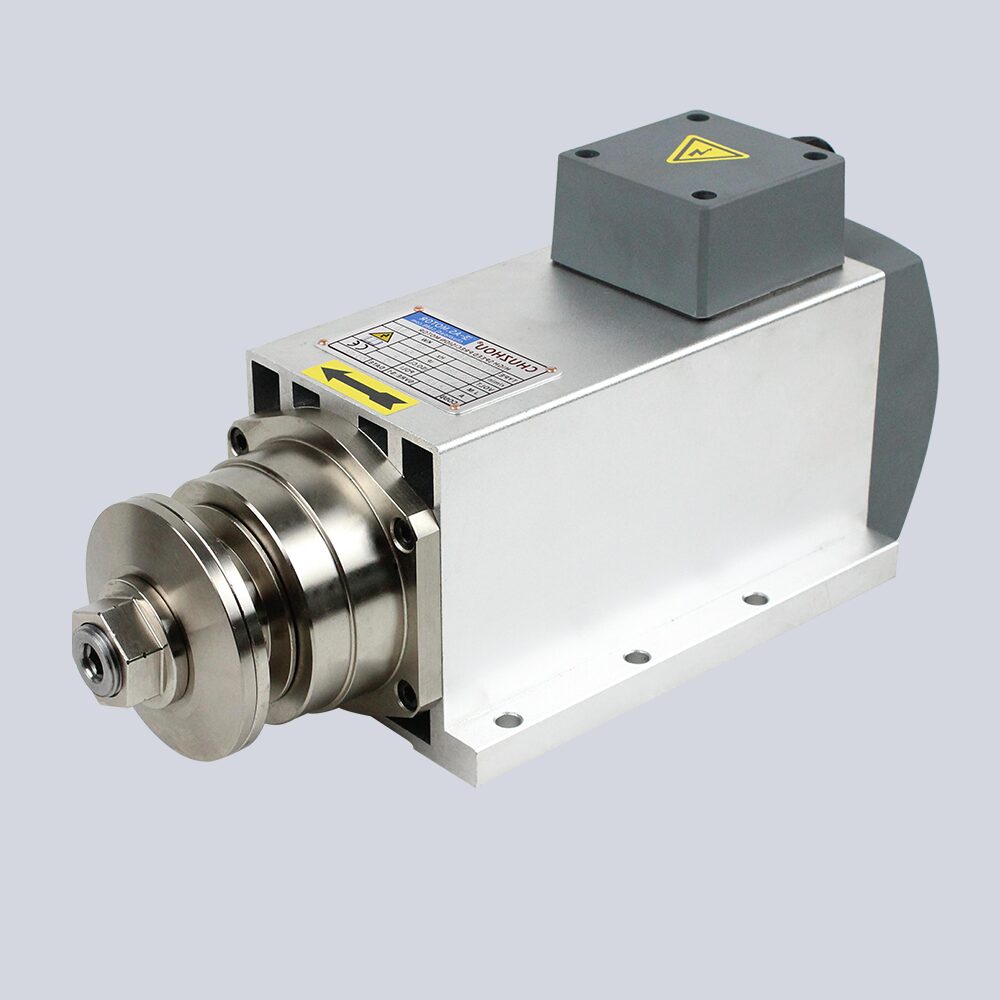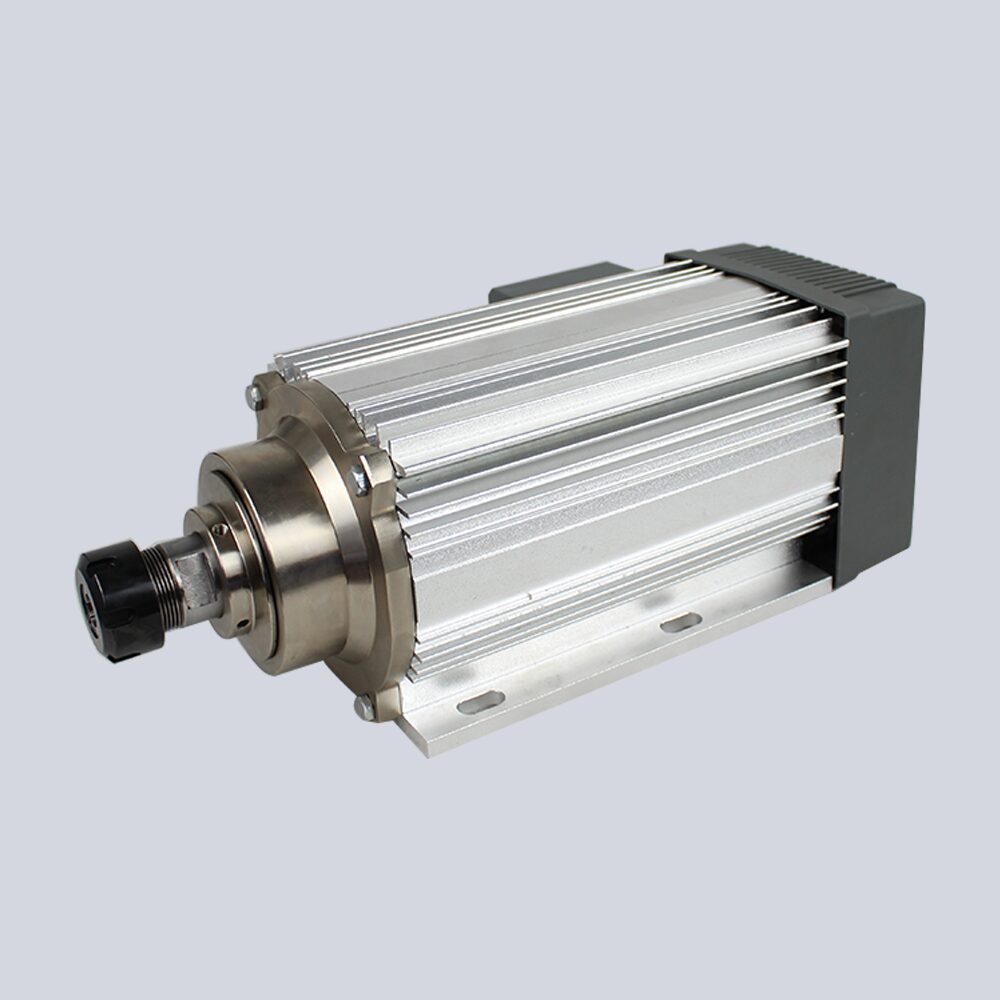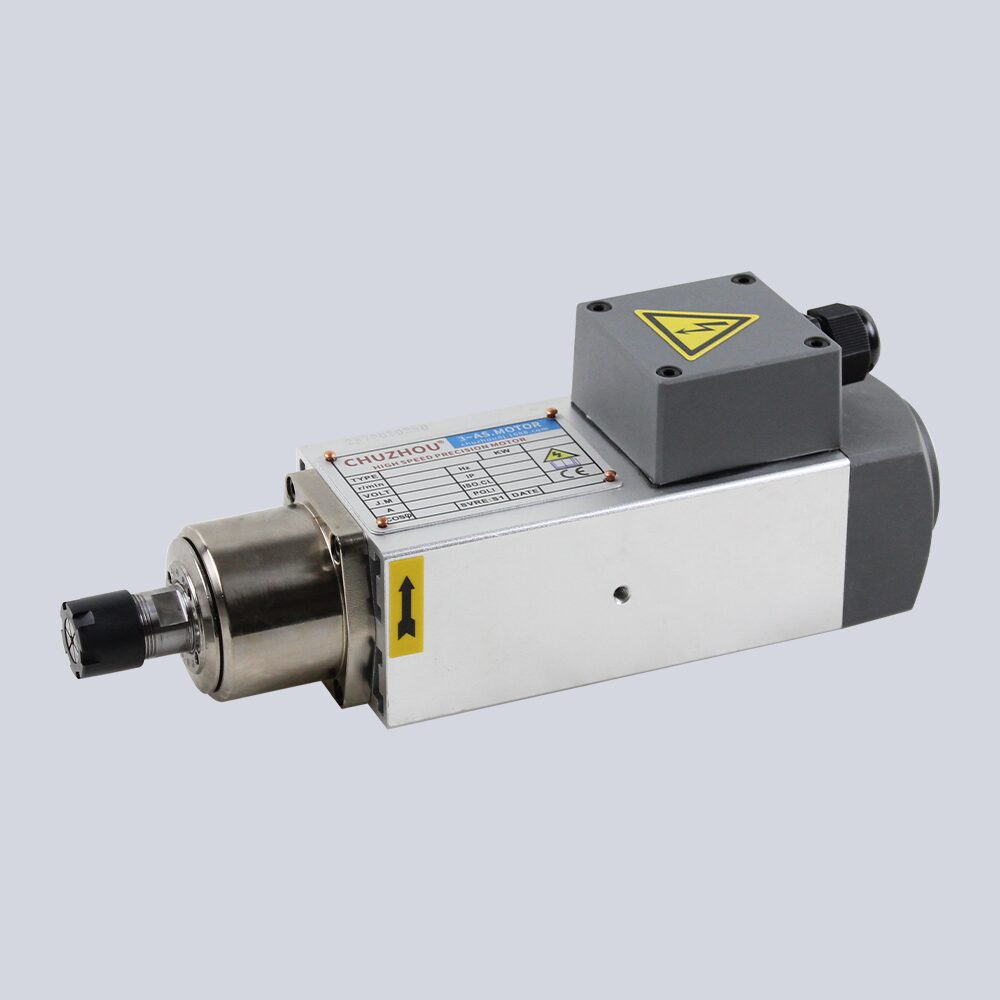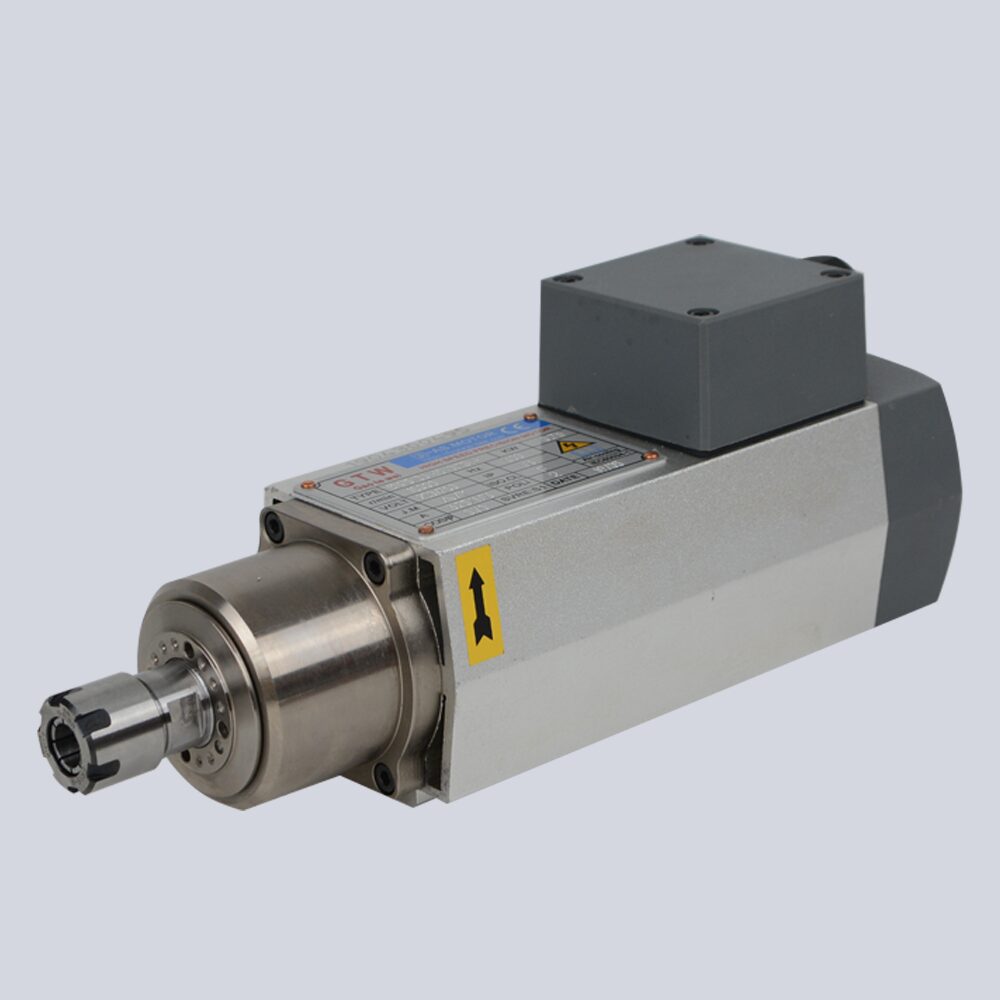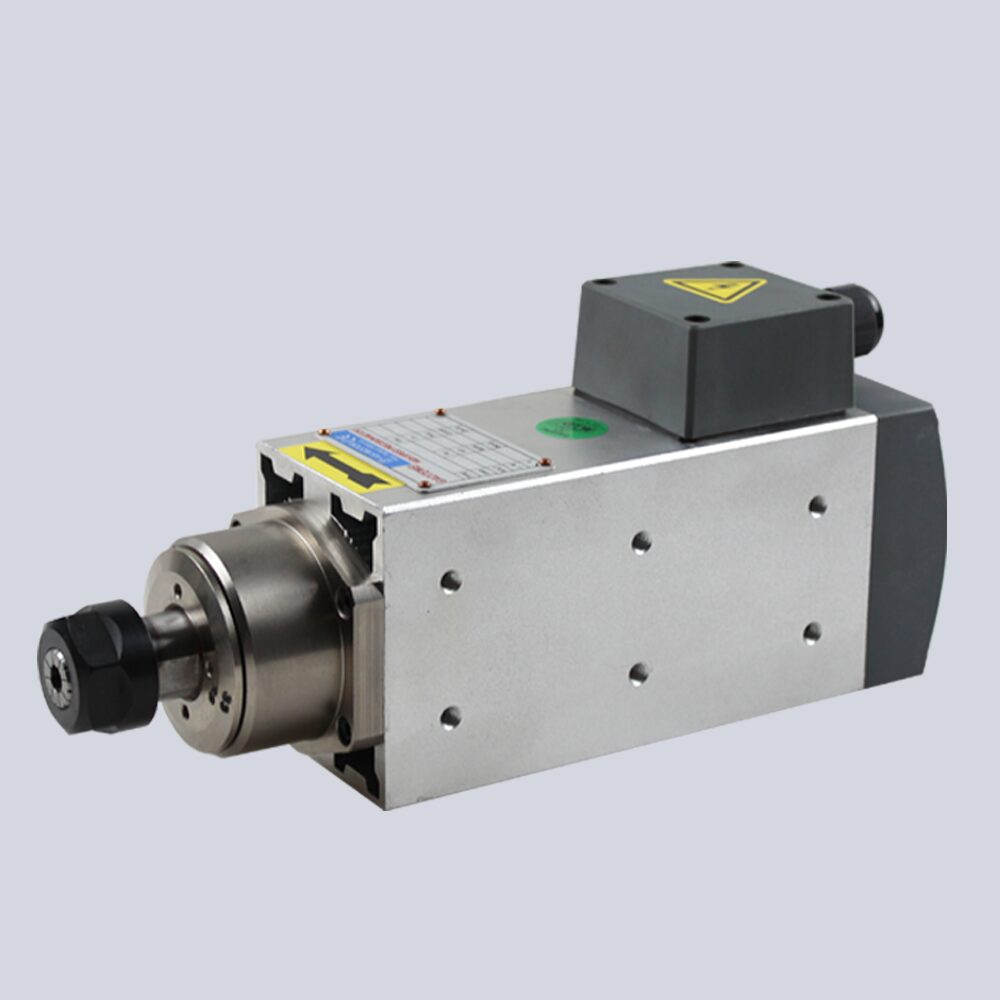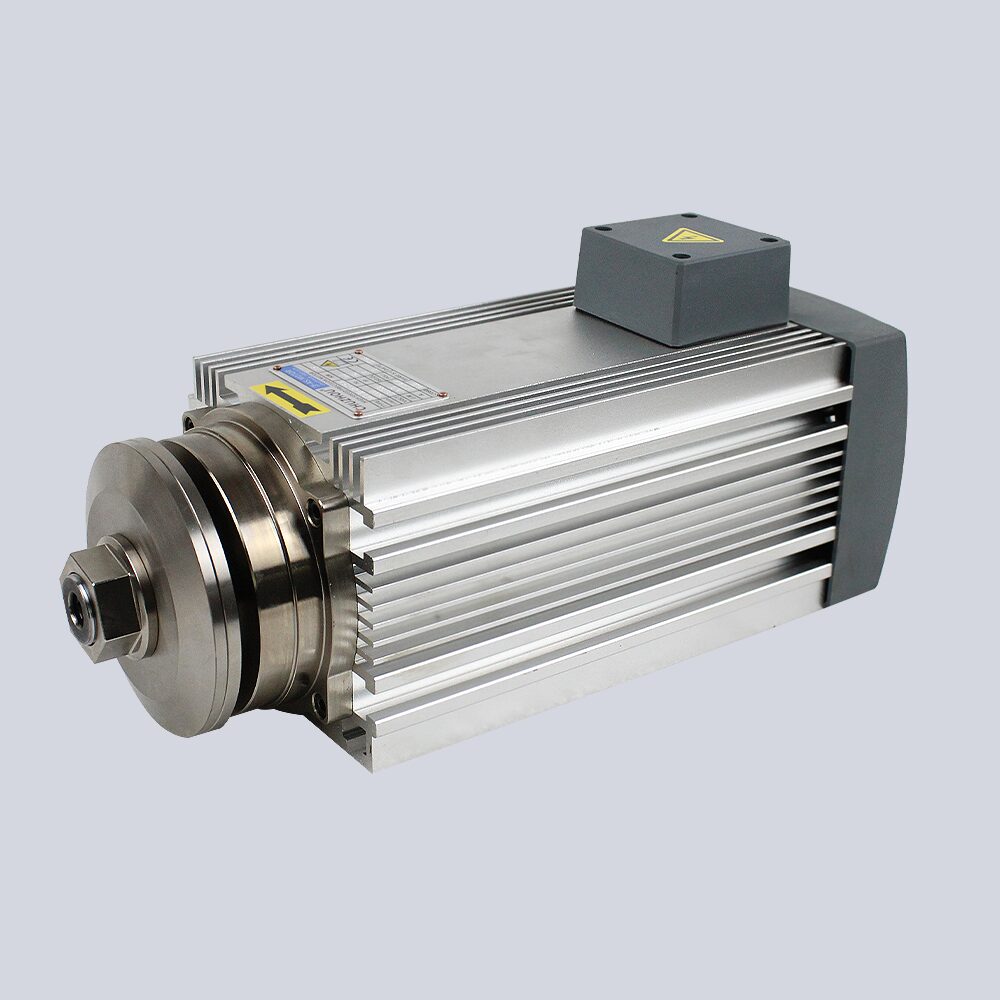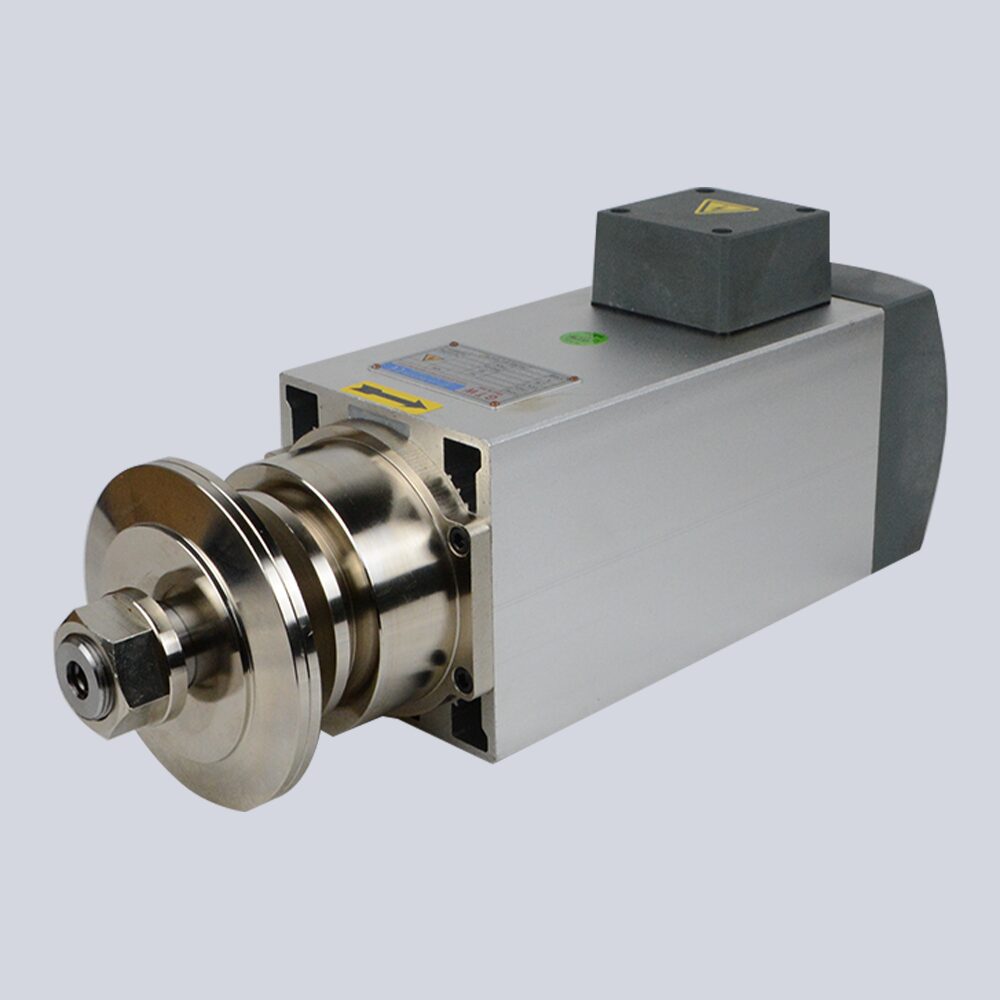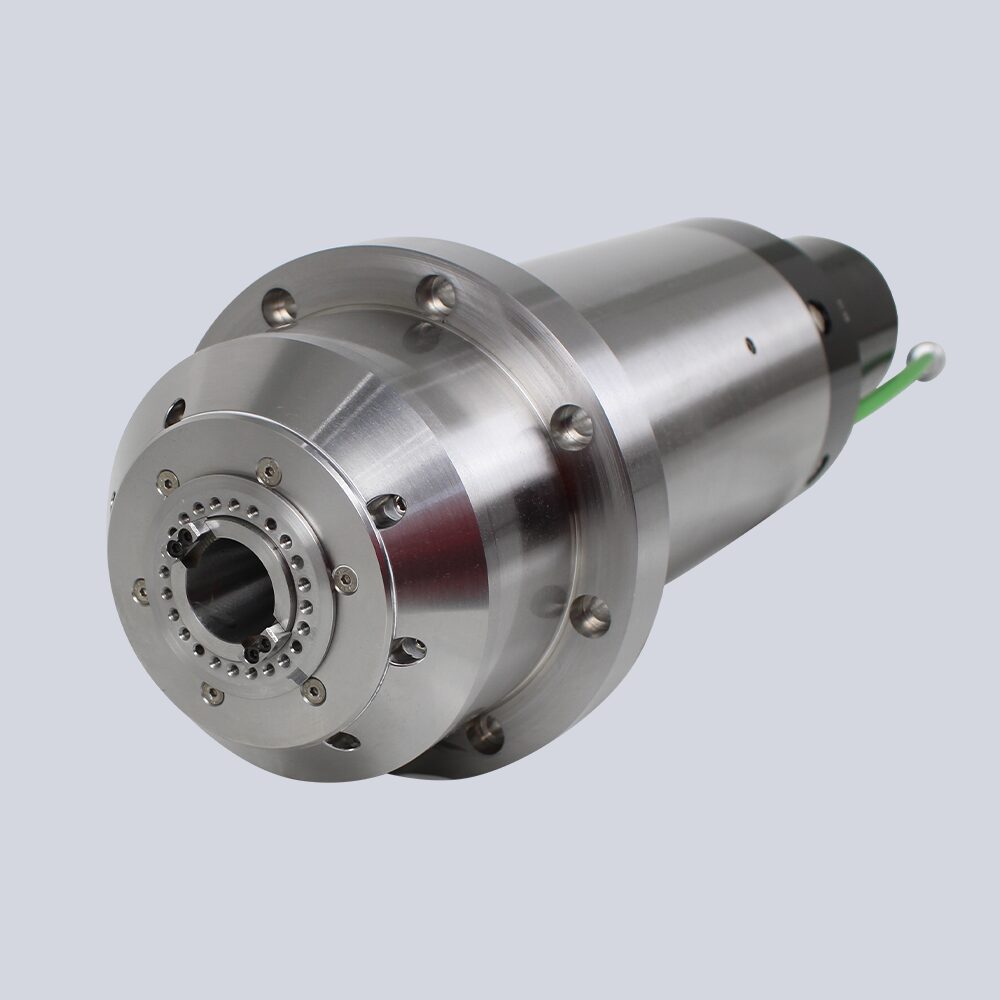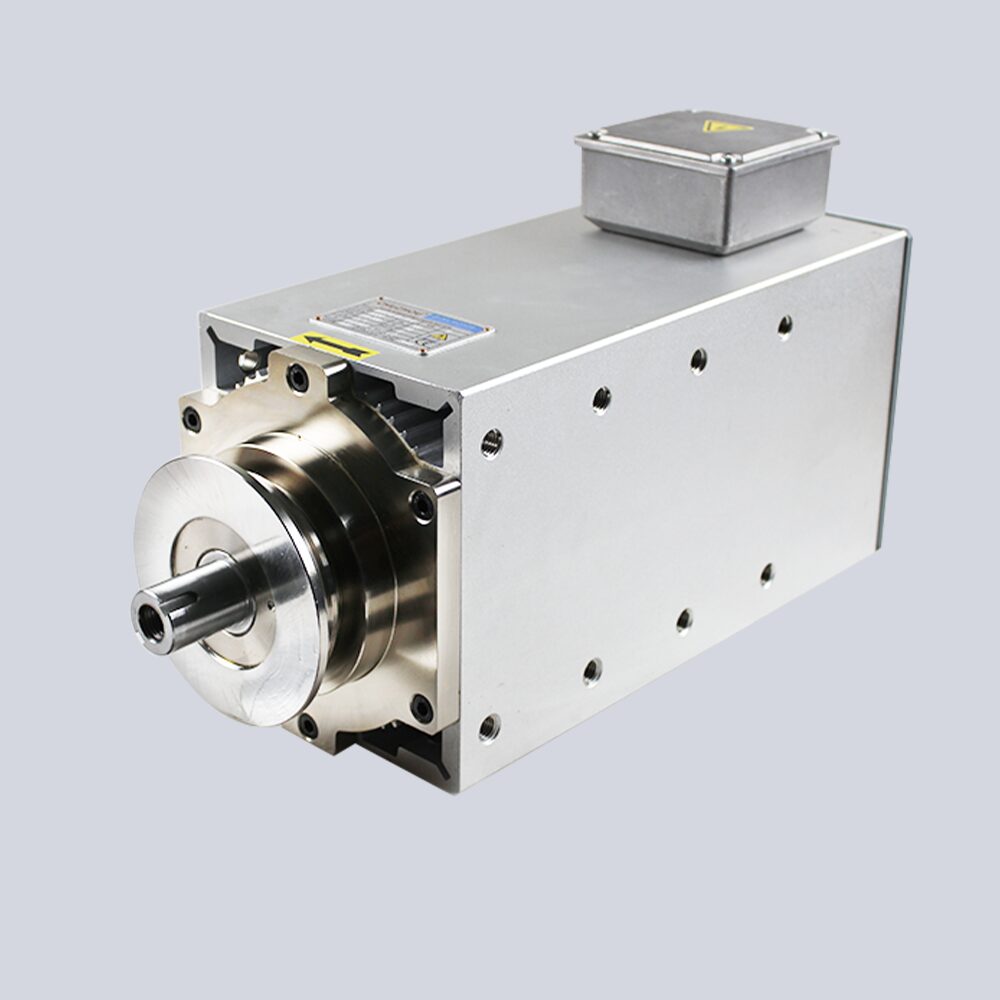Mastering Routine Maintenance for High-Speed Precision Spindle Motors
High-speed precision spindle motors are critical components in modern manufacturing, offering unparalleled speed and accuracy. However, to ensure consistent performance and longevity, routine maintenance is essential. This article delves into the intricacies of maintaining high-speed precision spindle motors, outlining best practices and procedures.
Importance of Routine Maintenance
Routine maintenance is crucial for maximizing the lifespan and performance of high-speed precision spindle motors. These motors operate at high RPMs and undergo significant mechanical stress during machining operations. Without regular maintenance, wear and tear can lead to reduced efficiency, increased downtime, and potentially costly repairs.
Scheduled Inspections
Regular inspections are the cornerstone of effective maintenance for high-speed precision spindle motors. Inspections should cover all critical components, including bearings, cooling systems, electrical connections, and control electronics. Visual inspections can detect signs of wear, corrosion, or damage, while measurements of vibration and temperature can indicate potential issues.
Lubrication Practices
Proper lubrication is essential for minimizing friction and wear in high-speed precision spindle motors. Bearings, in particular, require adequate lubrication to maintain smooth operation and prevent overheating. Lubrication schedules should adhere to manufacturer recommendations, using high-quality lubricants compatible with the motor’s design and operating conditions.
Bearing Maintenance
Bearings play a crucial role in the performance of high-speed precision spindle motors. Over time, bearings can wear out due to the high rotational speeds and mechanical loads they endure. Regular inspection of bearings for signs of wear, noise, or abnormal vibration is essential. Replacement of bearings should be performed as part of preventive maintenance to prevent costly breakdowns.
Cooling System Checks
Efficient cooling is vital for maintaining optimal operating temperatures in high-speed precision spindle motors. Cooling systems, whether liquid or air-based, should be inspected regularly for leaks, blockages, or inadequate flow. Cleanliness of cooling fins and filters is essential to prevent overheating and ensure consistent performance.
Electrical System Maintenance
The electrical components of high-speed precision spindle motors, including wiring, connectors, and control systems, should be inspected for signs of wear, corrosion, or loose connections. Electrical inspections should also include checks for proper grounding and insulation integrity to prevent electrical faults and ensure safe operation.
Control System Calibration
Precision control is critical for high-speed spindle motors to maintain accurate RPMs and torque during machining operations. Control systems should be calibrated regularly to ensure they are operating within specified parameters. This includes adjustments to PID (Proportional-Integral-Derivative) settings and software updates as recommended by the manufacturer.
Preventive Parts Replacement
As part of routine maintenance, certain parts may need to be replaced preventively to avoid unexpected failures. This includes belts, seals, filters, and other components prone to wear over time. Replacement parts should meet or exceed OEM specifications to maintain the motor’s performance and reliability.
Documentation and Record-Keeping
Maintaining detailed records of maintenance activities is essential for tracking the health of high-speed precision spindle motors over time. Records should include inspection dates, findings, repairs performed, and parts replaced. This documentation helps in identifying trends, scheduling future maintenance tasks, and demonstrating compliance with maintenance schedules.
Training and Skills Development
Ensuring that maintenance personnel are adequately trained and skilled is critical for effective upkeep of high-speed precision spindle motors. Training should cover specific maintenance procedures, safety protocols, and troubleshooting techniques. Continuous skills development ensures that maintenance teams are equipped to handle routine maintenance and respond effectively to unexpected issues.
Conclusion
Effective routine maintenance is fundamental to maximizing the performance, reliability, and longevity of high-speed precision spindle motors. By adhering to best practices such as scheduled inspections, proper lubrication, bearing maintenance, cooling system checks, electrical system maintenance, control system calibration, preventive parts replacement, and meticulous record-keeping, manufacturers can ensure that their spindle motors operate at peak efficiency. Investing in routine maintenance not only extends the lifespan of these critical components but also minimizes downtime and enhances overall manufacturing productivity.

